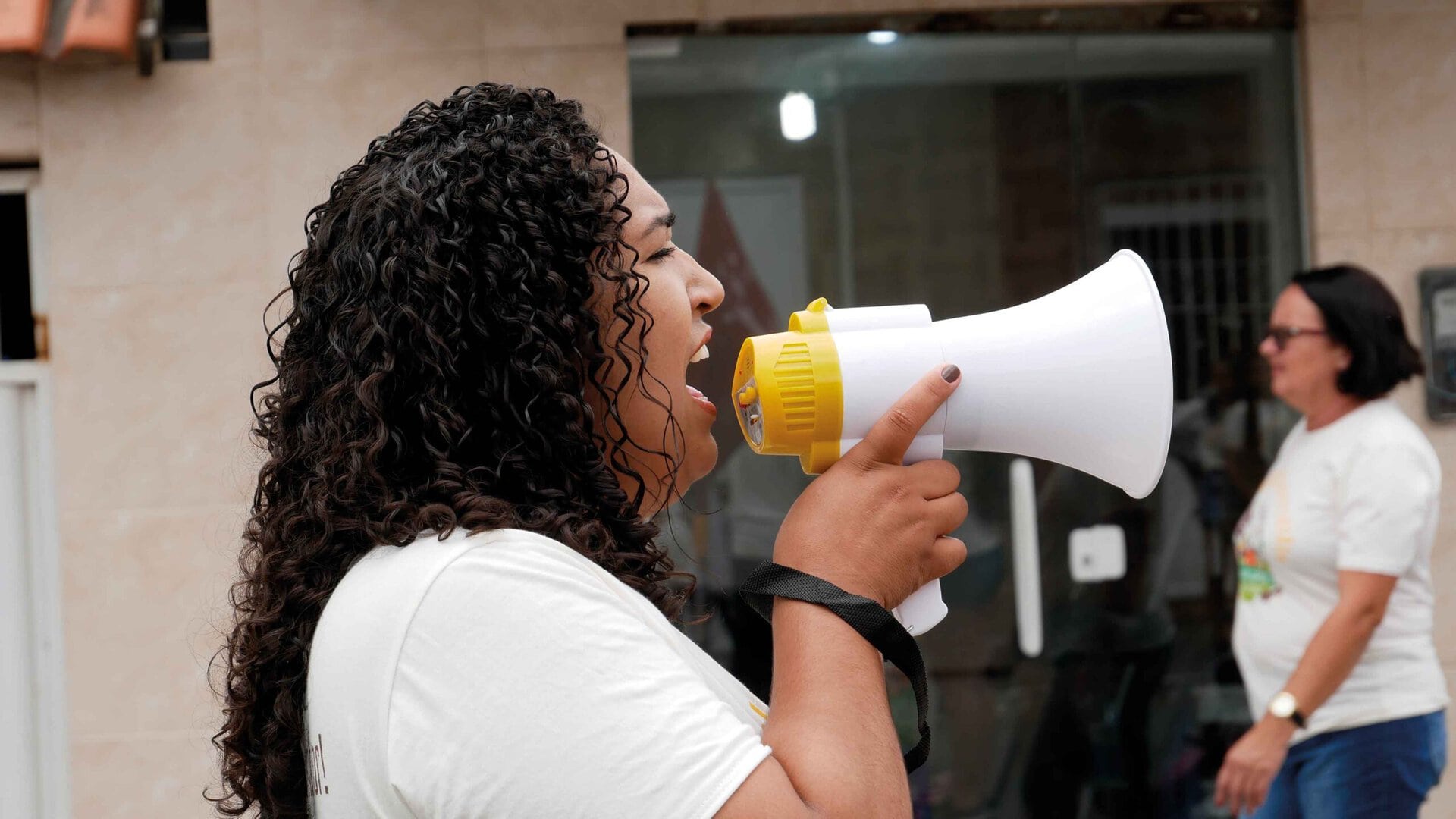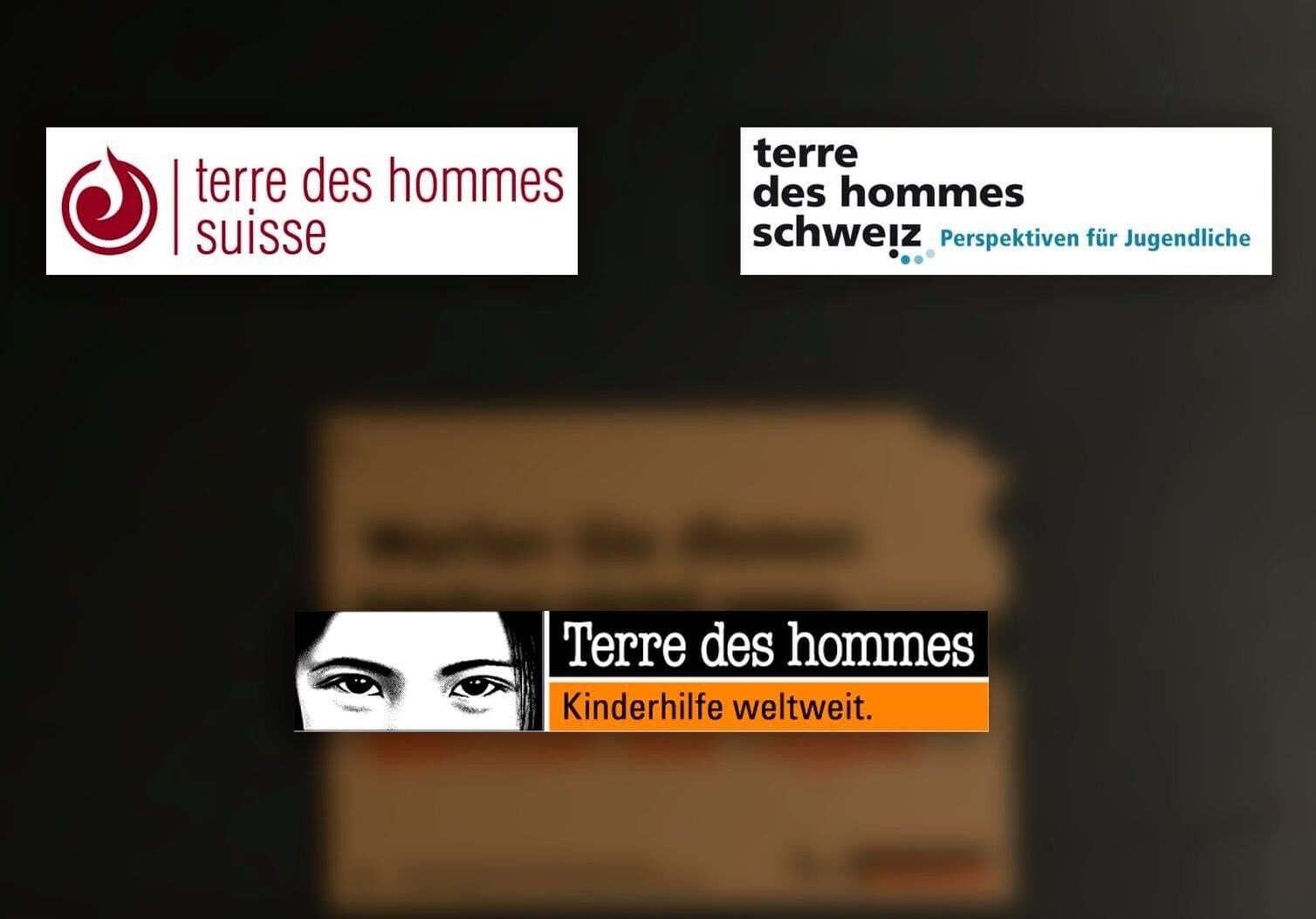In Cerro de Pasco (Peru), the air and water are poisoned with heavy metals. A huge Glencore mine is to blame. Lead poisoning has dramatic consequences, especially for children: Anemia, disabilities, paralysis. Sign the protest letter now!
Author: Corporate Responsibility Initiative
“It started with the fact that he always had nosebleeds. At first we thought it was normal,” says one mother. Then her 8-year-old son Benjamin got eye cancer. “One of his eyes was removed and he has had a glass eye ever since.” However, the nosebleeds started again afterwards. “I took him to the children’s hospital in Lima, and there they finally told me that Benjamin’s blood lead and arsenic levels were far too high.”
70,000 people live in the Peruvian town of Cerro de Pasco. Glencore controls the mining company Volcan here, which is one of the world’s largest producers of zinc, lead and silver.
The mine produces at the lowest cost in the entire industry. People pay the price for this with their health.
The mine leads to extreme environmental pollution from lead, arsenic and many other heavy metals. Everything is poisoned: the air, the soil, the water. The life expectancy of the inhabitants is five years lower and infant mortality is higher than in other Peruvian cities.
As children absorb significantly more lead in their bodies than adults with the same level of environmental contamination, they are particularly affected.
There are 2,000 children living in the region who suffer from chronic heavy metal poisoning. This has dramatic consequences for them: Anemia, disabilities and paralysis. Benjamin’s mother demands that the Glencore company show responsibility and support the affected families with the treatment costs so that the children can recover. And emphasizes: “They have money and power and could help us.”
A 39-year-old mother with two children shares the same fate. Her 13-year-old son Jan Francis is also ill. He has constant nosebleeds and headaches and aching limbs. The nosebleeds started when he was 7 years old and the doctors later diagnosed juvenile arthritis and an anxiety disorder. The mother demands: “There must be no more pollution here that makes our children ill.”
Centro Labor is a local organization in Cerro de Pasco and has been campaigning against the pollution for years. Director Wilmar Cosme emphasizes that the local people are left in the dark: “We have no information about the mine here, we don’t even know where the underground tunnels run under our houses. Cracks and even collapses occur again and again. We want to know what Volcan-Glencore plans to do with Cerro de Pasco, whether it will clean up the environmental damage, whether it wants to continue mining here or not. ”
Glencore denies responsibility
Until now, Glencore has always tried to evade responsibility by claiming that the extreme pollution is historical and that the mine no longer violates environmental standards. But this is demonstrably false. The situation has not improved recently, on the contrary: a hair analysis of children shows that the lead concentration has worsened in recent years.
Satellite images show increased lead poisoning
Satellite images also show an increase in lead contamination between 2001 and 2018 in Cerro de Pasco.




